What Is Paranormal Romance?
Paranormal romance is a literary subgenre of the romance novel. A type of speculative fiction, paranormal romance focuses on romance and includes elements beyond the range of scientific explanation, blending together themes from the genres of:
- Traditional fantasy
- Science fiction
- Horror
Paranormal romance may range from traditional category romances with a paranormal setting to stories where the main emphasis is on a science fiction or fantasy-based plot with a romantic subplot. Common hallmarks are romantic relationships between humans and vampires, shapeshifters, or fantastical beings (the Fae, Elves, etc.). Paranormal romances can also include characters with psychic abilities, like telekinesis or telepathy.
Paranormal romance is the new gothic romance, enjoyed by Jane Austen even as she parodied the genre in Northanger Abbey. (A letter written by Jane Austen shows that Austen continued to read gothic romance for years after making fun of it in her own writing. Surely she derived much pleasure from the genre.)
But why? And why do so many teenage girls and women enjoy the genre today? Paranormal romance is a strange contradiction. The genre is at once supremely sexist but is also a response to existing in a sexist society, providing escapism and wish fulfilment.
Say what you will about sparkly vampires, they worked.
Ty Drago, How To Write Middle Grade Horror
[A]las, making kids’ stories “dark” seems de rigeur these days. While the original fairy tales are violent and contain the supernatural, they weren’t meant to be categorized as “Gothic”; it’s only in recent years that they have been Twilight-ed and pitched to brooding teens. But it’s not just fairy tales that have been “darkened.” Consider the difference between Disney’s original “Alice in Wonderland” and Tim Burton’s creepy version. Or Spike Jonze’s film “Where the Wild Things Are” which took Maurice Sendak’s beloved picture book and turned it not into a children’s film but “a film about childhood” by replaying Jonze’s own feelings about growing up as a child of divorce and resulted in a movie full of misunderstandings, hot tears, anger, home-wrecking, and injured recriminations.
Jerry Griswold
It’s not that I don’t *want* us to be together. We just can’t. There aren’t enough descriptive adverbs and adjectives for the both of us
@broodingYAhero
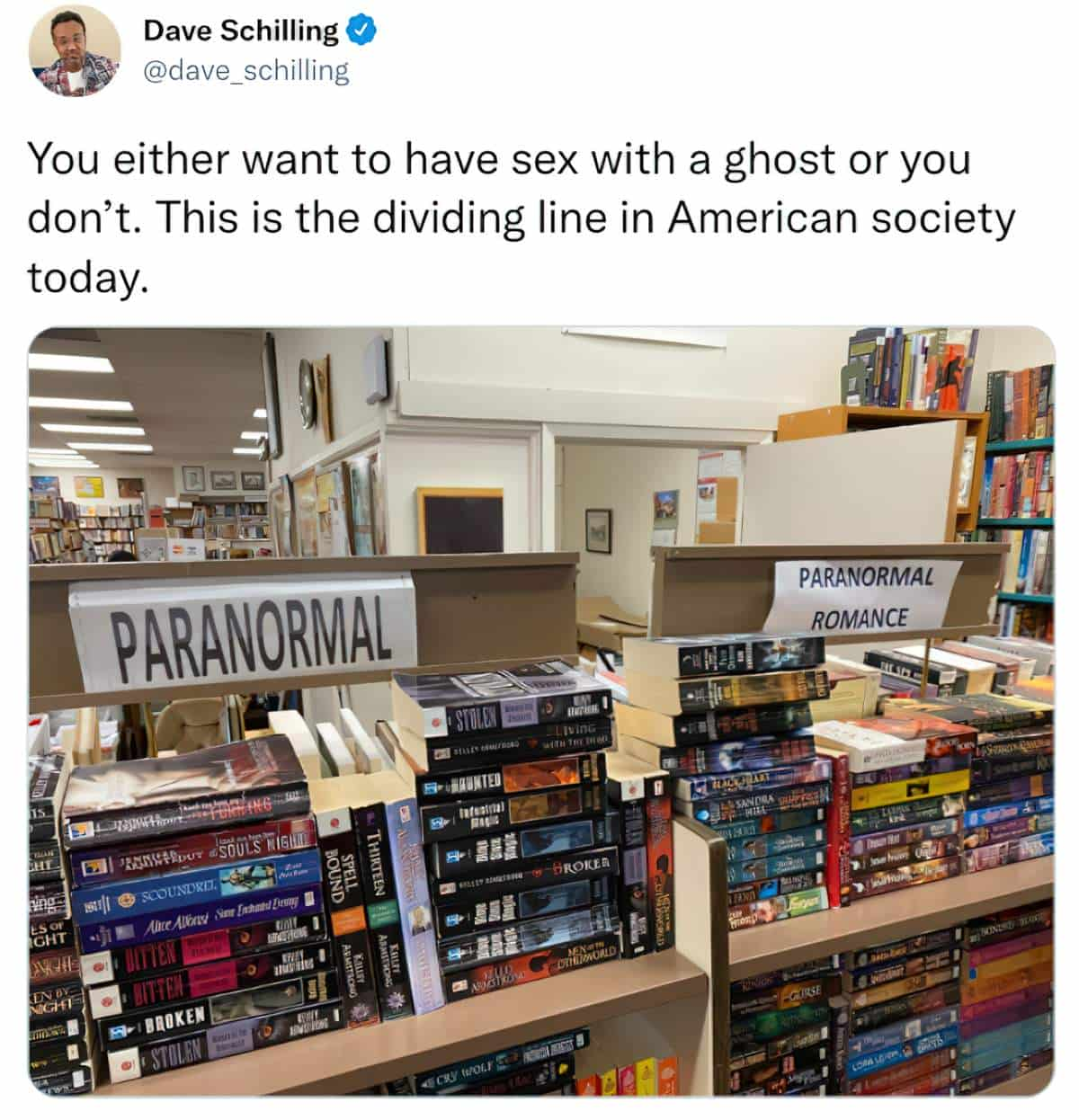
A lot of people hate on the Twilight Saga, and also on the women and girls who are hooked on it. While I have huge issues with this series myself, I have an uncomfortable feeling that a bit of femme phobia is wrapped up in criticism of its fandom. If you have no intention of seeing the film adaptations (I’ve seen the first), you can find examples of both the femme phobia and the actual problems with the story in the spoof movie trailers from ‘Honest Trailers’.
For more on the gendered community of romance, listen to an interview from Smart Bitches, Trashy Books with Drs Joanna Gregson and Jen Lois, who are professors of sociology.
Babe, of course I want you to pursue your dreams! … but just to clarify, all of those dreams are about me, and my goals, right?
@broodingYAhero
The following notes are from the Kid You Not Podcast, Episode Five: Why Do People Read Paranormal Romance? and the presenters are ultimately respectful of readers of this genre.
These books come up, and I’m sure you could have predicted at least a few of them!
- The Ravenwood Mysteries by Mia James, in which the first is By Midnight
- The Fallen Trilogy by Lauren Kate
- The Twilight Series by Stephanie Meyer
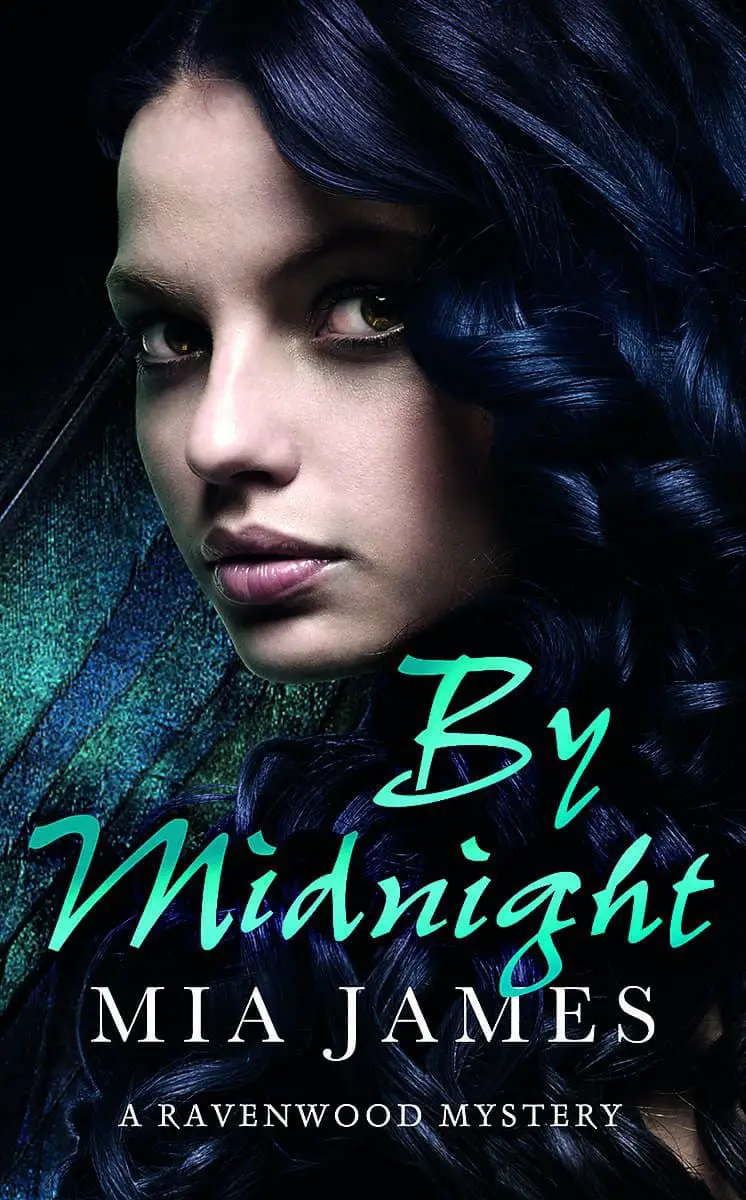
April Dunne is not impressed. She’s had to move from Edinburgh to Highgate, London, with her parents. She’s left her friends – and her entire life – behind. She has to start at a new school and, worst of all, now she’s stuck in a creepy old dump of a house which doesn’t even have proper mobile phone reception. Ravenwood, her new school, is a prestigious academy for gifted (financially or academically) students – and the only place her parents could find her a place, in the middle of term, in the middle of London, on incredibly short notice. So she’s stuck with the super-rich, and the super-smart… and trying to fit in is when the rest of the students seem to be more glamorous, smarter, or more talented than she is, is more than tough. It’s intimidating and isolating, even when she finds a friend in the conspiracy-theorist Caro Jackson – and perhaps finds something more than friendship in the gorgeous, mysterious Gabriel Swift. But there’s more going on at Ravenwood than meets the eye. Practical jokes on new students are normal, but when Gabriel saves her from… something …. in the Highgate Cemetery, and then she discovers that a murder took place, just yards away from where she had been standing, April has to wonder if something more sinister is going on…. and whether or not she’s going to live through it…
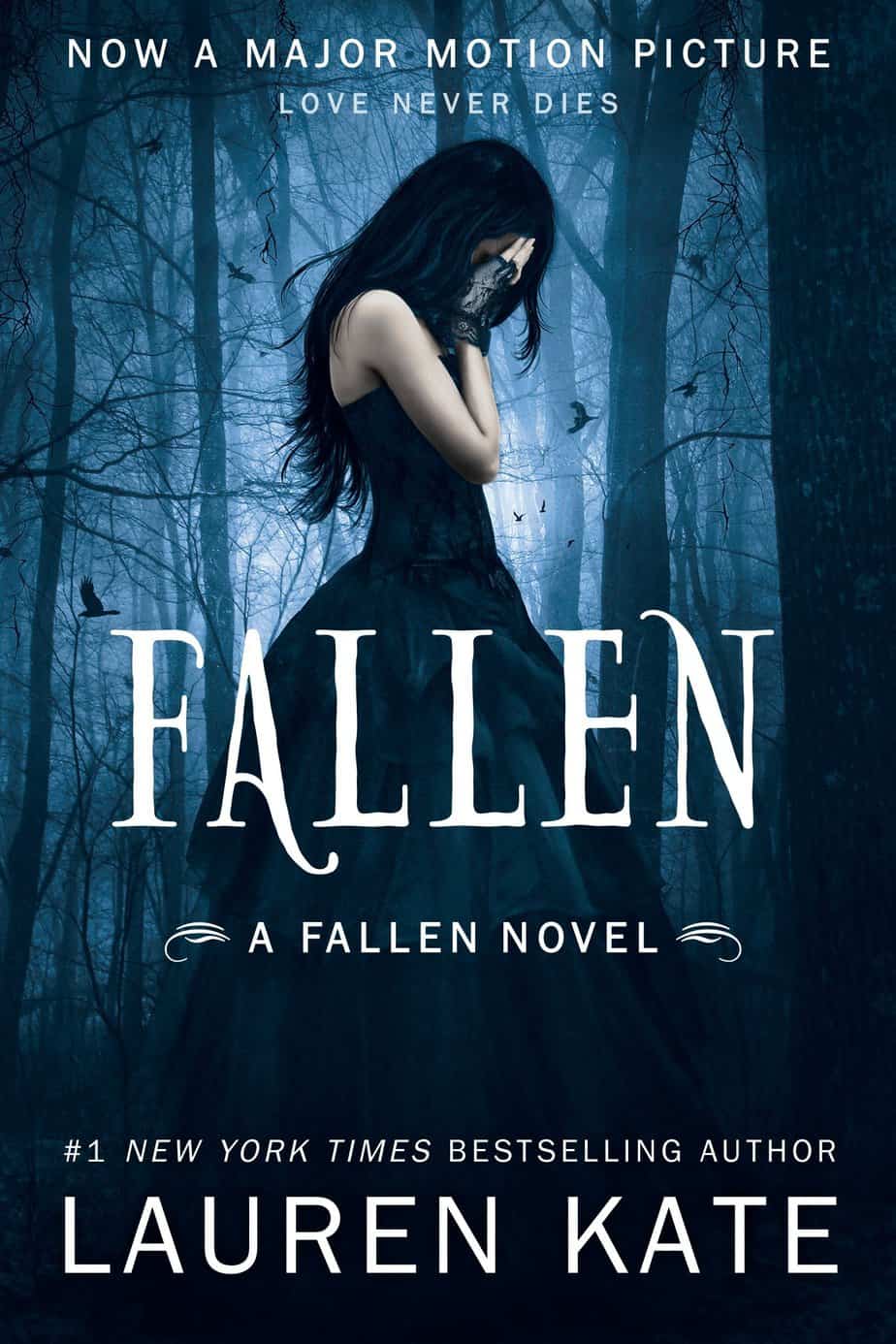
There’s something achingly familiar about Daniel Grigori.
Mysterious and aloof, he captures Luce Price’s attention from the moment she sees him on her first day at the Sword & Cross boarding school in sultry Savannah, Georgia. He’s the one bright spot in a place where cell phones are forbidden, the other students are all screw-ups, and security cameras watch every move.
Even though Daniel wants nothing to do with Luce—and goes out of his way to make that very clear—she can’t let it go. Drawn to him like a moth to a flame, she has to find out what Daniel is so desperate to keep secret… even if it kills her.
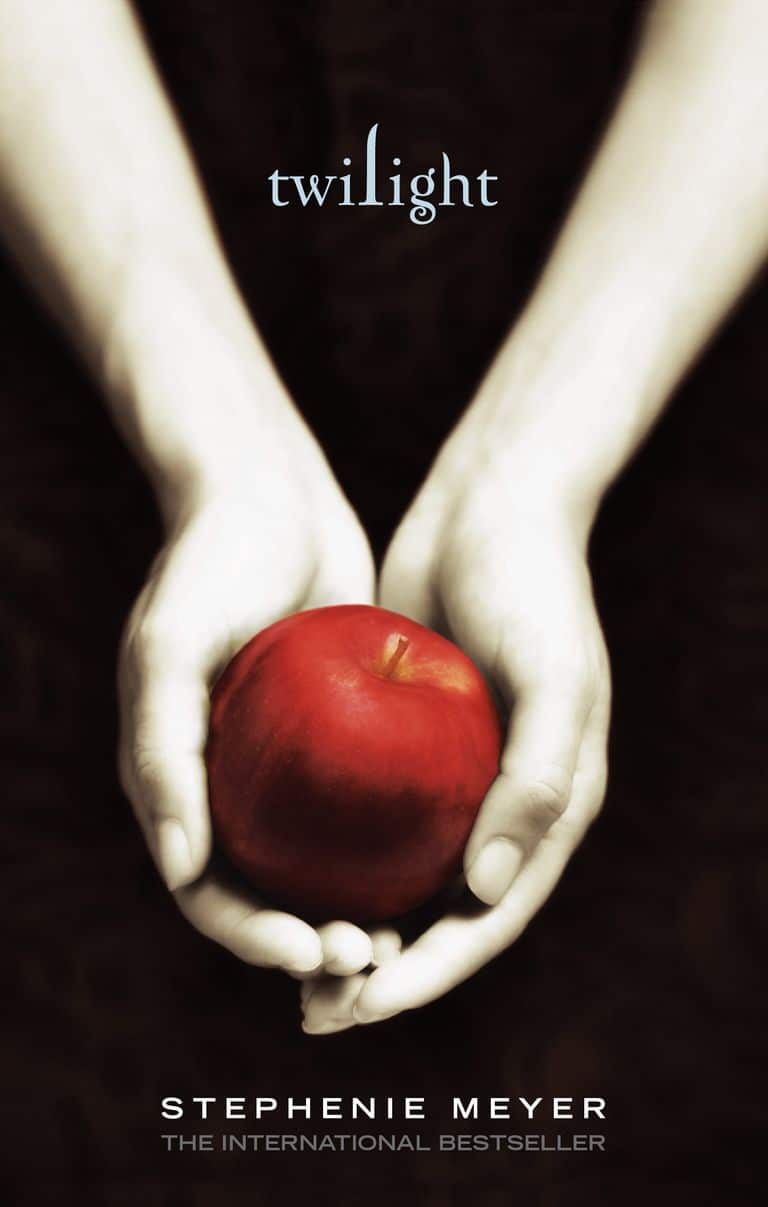
About three things I was absolutely positive.
First, Edward was a vampire.
Second, there was a part of him—and I didn’t know how dominant that part might be—that thirsted for my blood.
And third, I was unconditionally and irrevocably in love with him.
Deeply seductive and extraordinarily suspenseful, Twilight is a love story with bite.
We’ve been on two dates. It’s now time to cut all ties with our respective friend groups and never ever spend another moment apart.
@broodingYAhero
NECESSARY ELEMENTS OF PARANORMAL ROMANCE
The unvaried plot is comforting to the reader. Readers expect certain specific things: a love story with a twist, appeals to girls, more scary than a normal love story, and supernatural elements which provide excitement and danger. A recurring theme is that no matter how much danger the girl is in, you know a heroine will ultimately be protected by the immortal or supernatural boy she has ‘chosen’ to be with. Readers want romance. If the book is going through a non-romantic sequence, sometimes the readers will skip it. The main character is not fully fleshed out enough to provide any interest in her own right. The Love is a character in its own right. It’s not about the female character per se.
Typical in descriptions and reviews of paranormal romances:
- a slow burning relationship that blossoms when you least expect it
- the gift of eternal life
- thrown together in a violent and unfamiliar world
- a mysterious young man
- an immediate and powerful connection
- souls
- warriors and other feuding factions
- forbidden love
- a regular girl just trying to survive high school
- their love is so pure
- he has been secretly in love with her forever and she is only just realising
- has a secret that may tear them apart
- the mystery of their past
- the greatest danger might not be the warriors coming to destroy them but the forbidden romance that’s grown between them
LOVE ACROSS THE SPECIES
Central to all of these paranormal romance books is ‘forbidden love’. This is also how romance in non-supernatural romantic tales starts — a traditional plot. People have always read romance with forbidden love in it. But times have changed. Parents no longer get to decide who their daughters marry. There are fewer obstacles when people get together, unless the story is set in a more restrictive setting such as a country which has war, or with different political configurations. A paranormal romance gets round this issue by having a human girl fall in love with a man from a supernatural species, which is forbidden for reasons explained in any given story of this genre.
[See my notes on a documentary I watched about romantic cinema. Rom-coms have this same problem because there has to be something in the plot which keeps two lovers apart, otherwise there is no story.]
Reasons why you should dump my best friend for me. He might be sweet and kind, but I’m hot as hell. Plus, I mean, c’mon. I’m ME.
@broodingYAhero
LOVE TRIANGLES
While not all paranormal romances have love triangles, many do. The Infernal Devices by Cassandra Clare features a love triangle between Tessa, a downworlder with a rare ability and two best friends. Will and Jem are Shadowhunters and parabatai and both of them will do anything to be with Tessa. It’s up to her to choose who she wants to be with.
io9 ranks The 10 Types Of Teen Heroes According To Wish Fulfillment and puts ‘The Hinge In the Paranormal Love Triangle’ at number three, and manages to sum up sex in young adult paranormal romance:
Upsides: Approximately two supernatural hotties want you. There is smoldering. You’ll probably end up becoming supernatural yourself, one way or the other. You get to feel popular and important, even if ordinary people don’t understand you (bonus!). You’re like a misfit outcast whom everybody wants to marry.
Downsides: You don’t necessarily get much agency besides choosing between Tweedle Dee and Tweedle Dum. You’re stuck in a world where everybody thinks you’re weak because you’re human. There’s probably no sex, or at least not enough sex.
io9
AN ANCIENT TRADITION
Although there has been a recent swing towards supernatural love stories, this is actually an ancient tradition. Greek mythology is full of such stories. Zeus impregnates different types of human females. Readers are aware of this. From looking at fan sites, readers of paranormal romance are actually quite demanding regarding what they read. They’re not going to read indiscriminately anything – there has to be a twist for it to be interesting. There must be some kind of alchemy between romance and mythology, and the twist might be in setting it in a modern setting such as a school etc. This completely offsets the mythological and romantic element.
Buffy the Vampire Slayer was a TV show in the 1990s which was part of this trend, which came from the work of Anne Rice, which itself comes from a very long tradition. [See The Evolution Of The Vampire In Fiction, again, notes from a lecture by David Beagley.]
My grip on the steering wheel often becomes white-knuckled from barely restrained emotions.
@broodingYAhero
THE SPECIFIC NEEDS OF A READER
A reader review of By Midnight on Amazon shows that the reader appreciates this particular story for avoiding a ‘gooey’ female character, embedding the plot in a kind of reality. [Reality can obviously be placed on a very broad continuum.]
There are so many of these paranormal romance novels now that readers have generally honed their specific wants and needs. It’s a rapidly evolving genre as a consequence. They’re a bit like the teenage Mills and Boons, but updated for today’s teens. The love is also supposed to be very angsty and significant. They replicate the intensity of first love and teenage infatuation, making them more than hormone driven. There’s usually a worldwide significant event which has the ability to change the lives of everyone.
I’m always older than you. Why would you date an immature younger guy? Now, back to ignoring you, punching walls and playing video games.
@broodingYAhero
WHY DOES THIS GENRE SPEAK SO WELL TO A TEENAGE, FEMALE READERSHIP?
A lot of other teenage books don’t validate these feelings. Paranormal romance takes a ‘hormonal fact’ and gives it an almost spiritual dimension, as if confirming to the insecure teen that their feelings are so real and tremendously important that they have to live them fully. This concords with the completely narcissistic view on life that adults often conclude teenagers have, [and one could argue that these books encourage it].
The physical symptoms of the protagonists blushing/heart palpitating/breathing patterns and so on is not really described in any other genre. The love is therefore interpreted as all-consuming: the love is not just in your head; it’s in your whole body. This lends the love more significance. Teenage girls can really relate to this.
These feelings that feel uncontrollable to the teenage reader are validated: These feelings you have are from some supernatural event which is indeed outside your control. Or, you inherited them and it’s not your fault. This is comforting, and allows the teenager to access a feeling very powerfully. Love is presented as something that happens to you rather than a choice. It’s as if the love is predetermined.
Like the young heroine in a book, a reader is preconditioned to fall in love with a supernatural man. A lot of the stories make an attempt to explain the love interest’s appeal. Often it’s his handsomeness, which is a very uncomfortable fact given the lack of choice the female main character feels she has.
‘COMMITMENT PORN’
Why do people respond so well to these troublesome ideologies? Is it a response to living in a society which is full of sexualised images of women? Because ironically, paranormal romance is incredibly chaste. There’s no sex until after marriage. This storyline is escapist if a teenage girl feels her body is constantly being judged. Girls perhaps like these stories for the same reason teenage girls prefer non-threatening, boy-like, almost asexual partners a la the members of Hansen. [I have heard this referred to as ‘the erotics of abstinence’.]
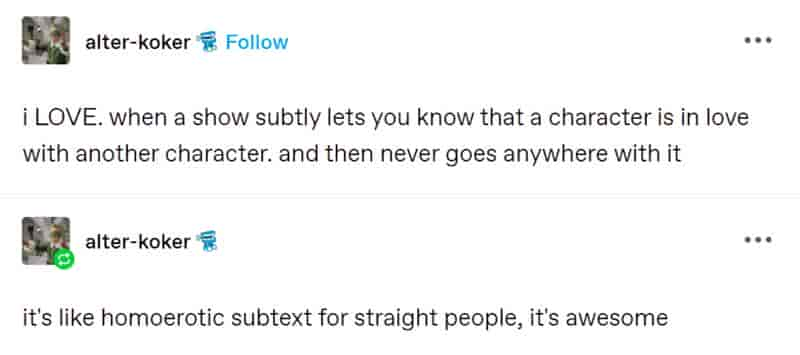
THE NATURE OF THE FEMALE PROTAGONIST
The female protagonists are created in such a way that as many readers as possible are meant to identify with her. A lot of her attributes play on the insecurities of teenage girls. A very common trait is the heroine is never popular. She’s never someone surrounded by close, real friends. [Genuine female friendships in YA are rare, as explained by Kate DeGoldi in her review of Code Name Verity – a rare example of female friendship well done.] She’s always a bit of an outcast, that she doesn’t fit in. [She feels she isn’t beautiful enough – there has to be something wrong with her. This isn’t limited to this genre, but is common across all young adult genres.]
Coincidentally, the male love interest in paranormal romance is the only character who has ever really understood her.
Divergent by Veronica Roth is not a dark paranormal young adult romance but is rather a dystopian one in the vein of The Hunger Games, but like Twilight, the protagonist is a blank character upon which a young reader can easily superimpose herself:
Despite the constant assurance that Tris is courageous, clever and kind, her own first-person narration displays a blank personality. No matter; all the “good” characters adore her and the “bad” are spiteful and jealous.
Kirkus Reviews
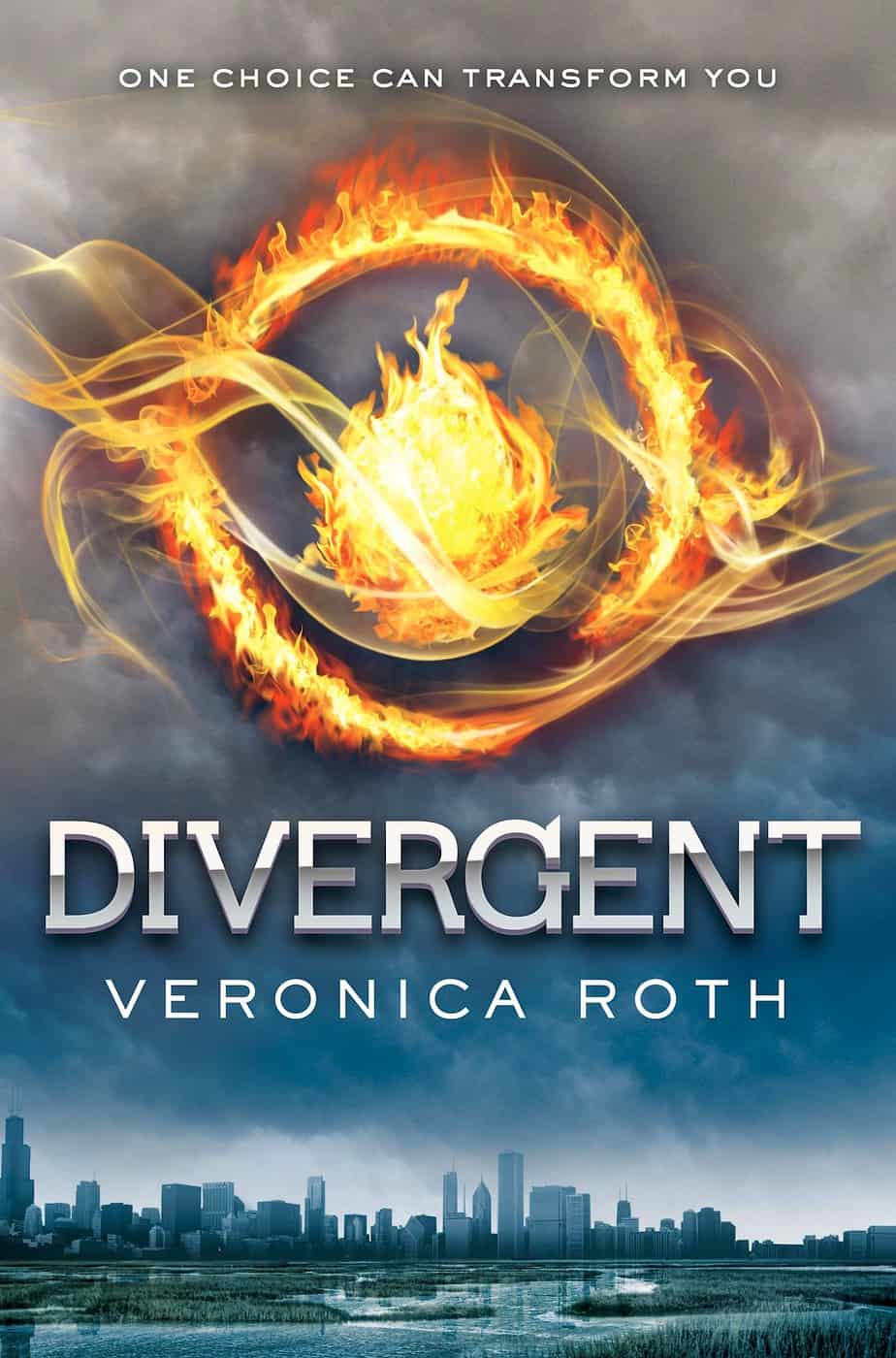
In Beatrice Prior’s dystopian Chicago world, society is divided into five factions, each dedicated to the cultivation of a particular virtue—Candor (the honest), Abnegation (the selfless), Dauntless (the brave), Amity (the peaceful), and Erudite (the intelligent). On an appointed day of every year, all sixteen-year-olds must select the faction to which they will devote the rest of their lives. For Beatrice, the decision is between staying with her family and being who she really is—she can’t have both. So she makes a choice that surprises everyone, including herself.
During the highly competitive initiation that follows, Beatrice renames herself Tris and struggles alongside her fellow initiates to live out the choice they have made. Together they must undergo extreme physical tests of endurance and intense psychological simulations, some with devastating consequences. As initiation transforms them all, Tris must determine who her friends really are—and where, exactly, a romance with a sometimes fascinating, sometimes exasperating boy fits into the life she’s chosen. But Tris also has a secret, one she’s kept hidden from everyone because she’s been warned it can mean death. And as she discovers unrest and growing conflict that threaten to unravel her seemingly perfect society, she also learns that her secret might help her save those she loves . . . or it might destroy her.
REASONS NOT TO DISMISS THE READERSHIP
Many fans of paranormal romance are highly articulate. They explain very well on forums why they like one book over another. Posts can get quite close to literary analysis. For this reason it would be a mistake to dismiss readers of paranormal romance as unsophisticated. They are enchanted by these books but can be critical of them. The books obviously offer something upon which to base critique. Breaking Dawn came under heavy criticism from Twilight’s most hardcore fans, who subsequently wrote an open letter to Stephanie Meyer via her blog. Fans had problem with the ideology behind the ending. This proved that an author can’t just wrap up a story in babies and weddings and vampires.
Readers will say they like these books for the ‘danger’. But these books are dangerous in another way, if the reader fails to read them critically and discerningly. You can be asked to absorb viewpoints that can be damaging to your development as a teenager. It’s worrisome that these books are sometimes held up as a romantic ideal. They’re best when viewed as a complete fantasy. But in 2008 and 2009 when Twilight was at its most popular, girls were apparently dumping their boyfriends because they weren’t enough like Jacob or Edward. The story sets up an ‘ideal’ that real teenage boys are never going to live up to. The stories can also set up an expectation for how girls are to be treated by boys, which is not just unrealistic but damaging. It is presented as good to be overprotected and have a boy who controls you.
I just want to be alone…
Okay. Maybe I lied. I actually want you to come over and hole me while I have a nice manly cry.
@broodingYAhero
RELATED
An article in The Guardian about Bollywood Film and depictions of sex shows how much viewers want romance and erotica in fiction, and Indian film makers go to great lengths to get around censorship, to the point where visual metaphors are now arguably more sexual than brazen Hollywood depictions:
There is the popular misconception that Bollywood films do not show scenes of a sexual nature: they do. However, when comparing the screen time or manner in which kissing (or more “bedroomly” activity) is portrayed in Bollywood versus Hollywood, Bollywood is a blushing ballerina, whereas Hollywood is as brazen as a pole-dancing stripper.
In Bed With Bollywood
See the paper: Hopelessly Devoted: What Twilight reveals about love and obsession by Candence Malhiet Robillard.
The Dark Lover series by J.R. Ward (notice the less gendered initials in place of the full, feminine name of Jessica) is currently beating Twilight as most popular paranormal romance on Goodreads as of 2017.
L.J. Smith, S.M. Parker and G.S. Predergast are other examples of paranormal romance authors using initials as author names.
Cassandra Clare may not agree with her paranormal urban fantasy series being designed ‘romance’, showing there is a disconnect between what marketers/publishers/readers think a book might be, and what genre the author perceives their work to be:
For a long time with these books – and they’re very classic urban fantasy – they’re stories about teens growing up and being surrounded by supernatural threats and demons and there’s a lot of mythology and whatnot. But for years and years they were treated as romance novels. And it drove me nuts!
The Independent
Cassandra Clare also alludes to the phenomenon whereby if a woman writes a romantic subplot, her book is ‘romance’, whereas when men write romantic subplots their work is designated something else, be it thriller or whatever.
